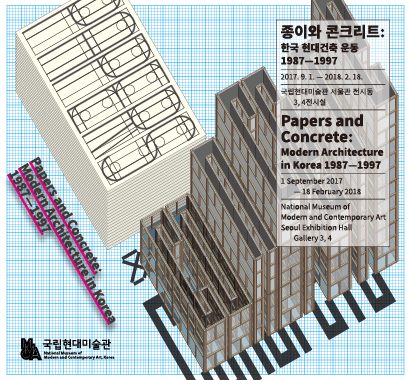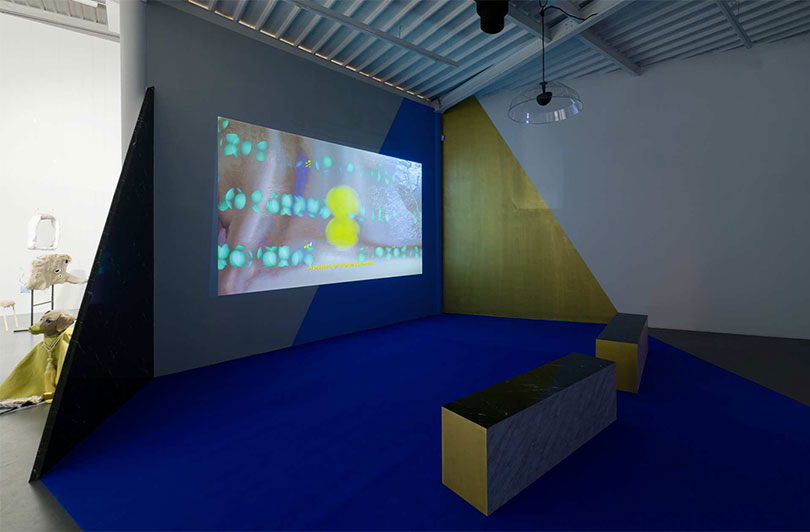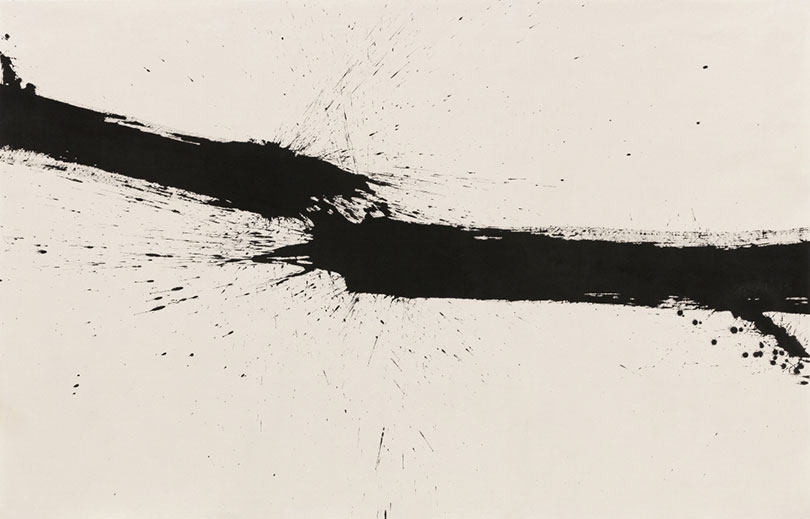What's On / Event Calendar
Papers and Concrete: Modern Architecture in Korea 1987-1997
01 Sep 2017 - 18 Feb 2018
Venue: MMCA Seoul
Papers and Concrete: Modern Architecture in Korea 1987-1997 is an exhibition that examines the beginning of contemporary Korean architecture through the activities of architecture groups that were organized from the end of the 1980s until the mid-1990s. The exhibition lies in an extended line of critique on the phenomena of the 1990s, which are widely conducted in art and culture. Moreover, it is more meaningful and necessary to reflect on the past now, especially thirty years after the ’87 regime and on the 100th anniversary of the Russian Revolution, a time during which people tend to revisit important local and international social renovations. In this exhibition, ‘concrete’ represents the explosive growth in construction and increase in consumption after the democratization of Korea and the collapse of the short-lived prosperity, a consequence of the IMF financial crisis in 1997. Regarding the climate of the time, the years from the end of the 1980s to the 1990s mark the historical transition of contemporary Korean architecture: the frames and the infrastructure for diverse architecture policies and education were established.
During the late 1980s, Korea’s two master architects Kim Swoo-geun and Kim Chung-up passed away respectively, and society entered the post-Olympic era. At this moment, the new generation of architects strove to disassociate themselves from the national projects that most architects from the previous generation had conducted thus far. To survive the new wave of democratization and globalization, architects from different backgrounds began to congregate in response to their shared ideology and practices. The Young Architects Association, the Research Group for Architectural Movements, the Architects Association for the People, the 4.3 Group, the Architects Association for the Future, and the Seoul School of Architecture clearly diverged from the small groups of the previous era, which had been organized by alumni. These groups appeared during Korea’s economic boom when the economy was based on 3-lows (low oil prices, low interest rates, and the low dollar exchange rate), yet they could not endure for more than ten years. Nevertheless, the dynamism demonstrated by these groups provides a map upon which we can evaluate the discursive topology of contemporary Korean architecture. Also, we can view these movements themselves as an attempt to join the discourse on contemporary global architecture.
+https://www.mmca.go.kr/eng/exhibitions/exhibitionsDetail.do?menuId=1020000000&exhId=201703170000558


